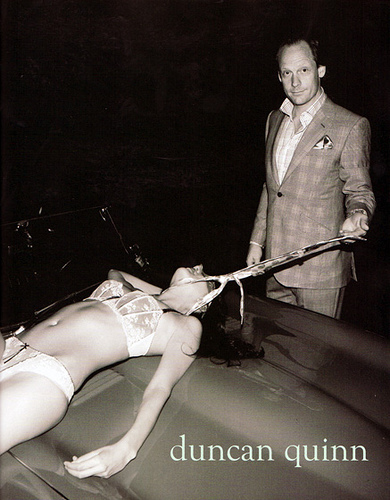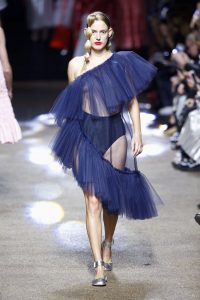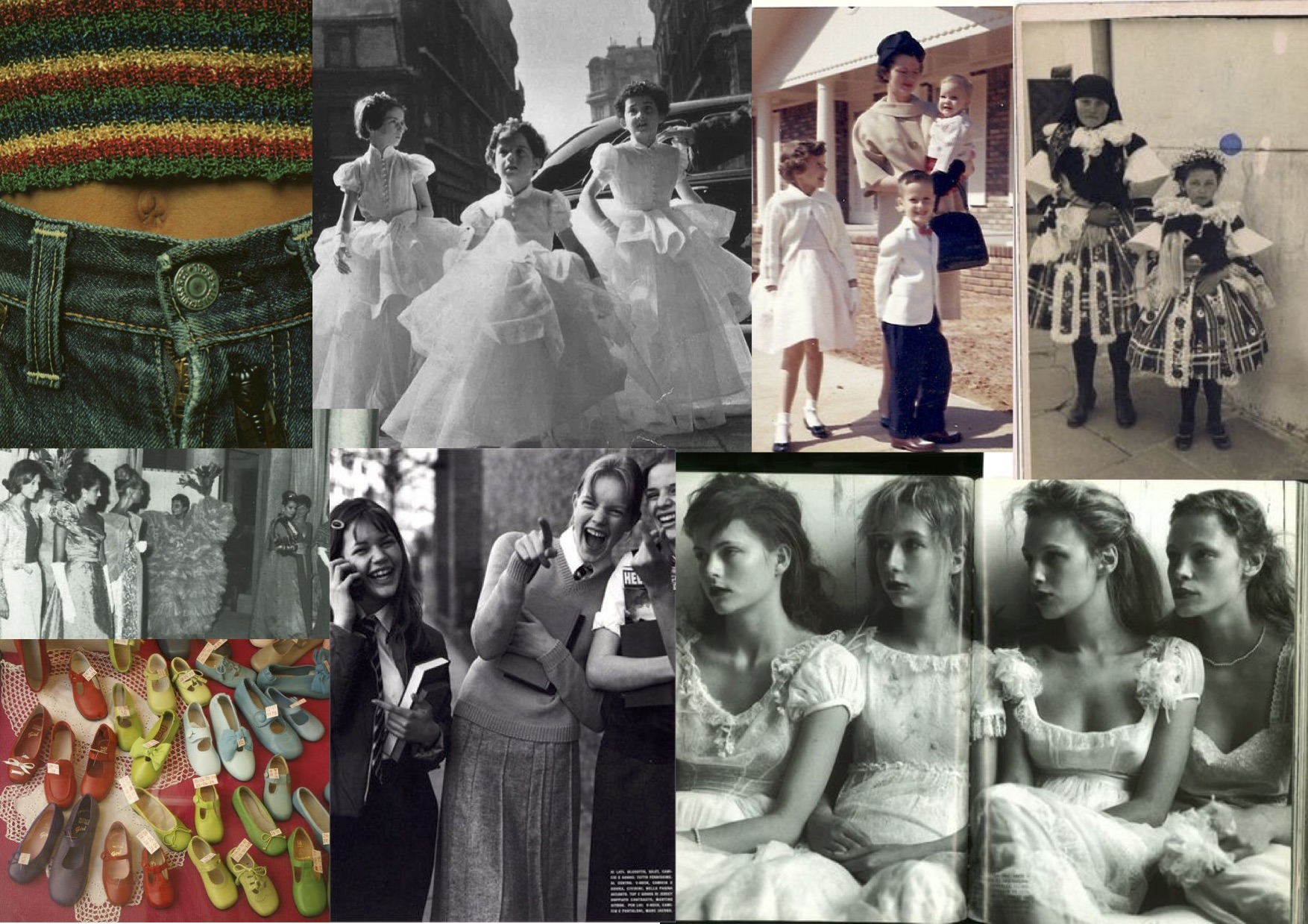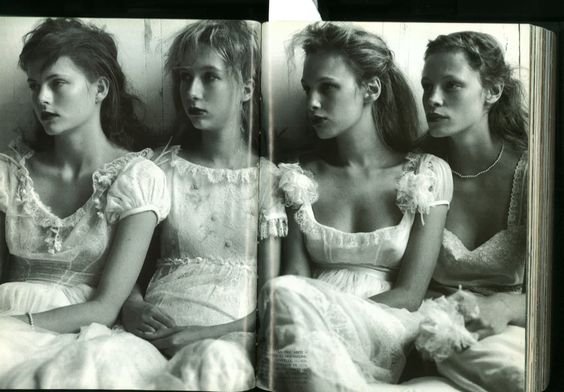The lectures were all interesting and helped to contextualise the practical work. I liked the fact that we call all raise our own opinions and contribute when we felt like we needed to.
I find the writing element of the course very difficult and need help and support to put my words down on paper, I found the last Reflective Writing exercise very difficult and am having a dyslexia test in December to see why I find writing so hard. I know what it is that I want to say but really struggle to write it.
I found the Online Resources task quite challenging. My immediate plan was to link the image to fashion and clothing but whilst undertaking the research I found information, mainly from the V&A website, that inspired me to link the image to interior design and furniture. I felt that the use of primary and secondary materials helped me realise more about the resources available and to be prepared to think a bit more widely about the final written piece. I ended up writing about something completely different than my initial planned item.
The Visual Research task was initially pretty challenging and I could not see how I would be able to find out such detailed information about the designer and what the inspiration was for their range. I approached this very differently than I would have previously. I researched and found an up and coming designer, I then found her pinterest board which showed a wide range of items that inspired her and her collection. This in turn led me to discover new images, designers and photographers – which I then researched further – as well as seeing that she was inspired by some of the same designers and photographers that inspire me too.
The Ethics module was incredibly difficult to write about and I felt that the images used were very shocking, particularly the Terry Richardson images which I felt were totally unacceptable, crossing over into pornography. I would question why such shocking images were used in the task – particularly where the photographer has been accused of sex crimes against women. Ethics covers a whole range of subjects and the task seemed only to focus on sex and sexploitation whereas race, politics, drugs, inequality, gender could all quite easily have been the subject matter for the task.
Whilst accepting that fashion uses sex widely to sell, I felt the images shown were at the extreme end of the spectrum and obviously unacceptable. The task would have been more relevant and challenging if the ethical dilemma represented in the image was less sexually overt and more mainstream – where the ethics were more questionable, for example the Vogue India 2008 editorial has a much wider set of ethical arguments that could be made. I was unhappy with this task.
With the exception of the material in the ethics module I have really enjoyed the challenges set out in both the written work and in the workshops. I found the Online Resources and Visual Research tasks the most valuable as they have taught me to think differently in how to approach the use of resources and how to search for the information relevant to the activity in hand.


 Molly Goddard
Molly Goddard
